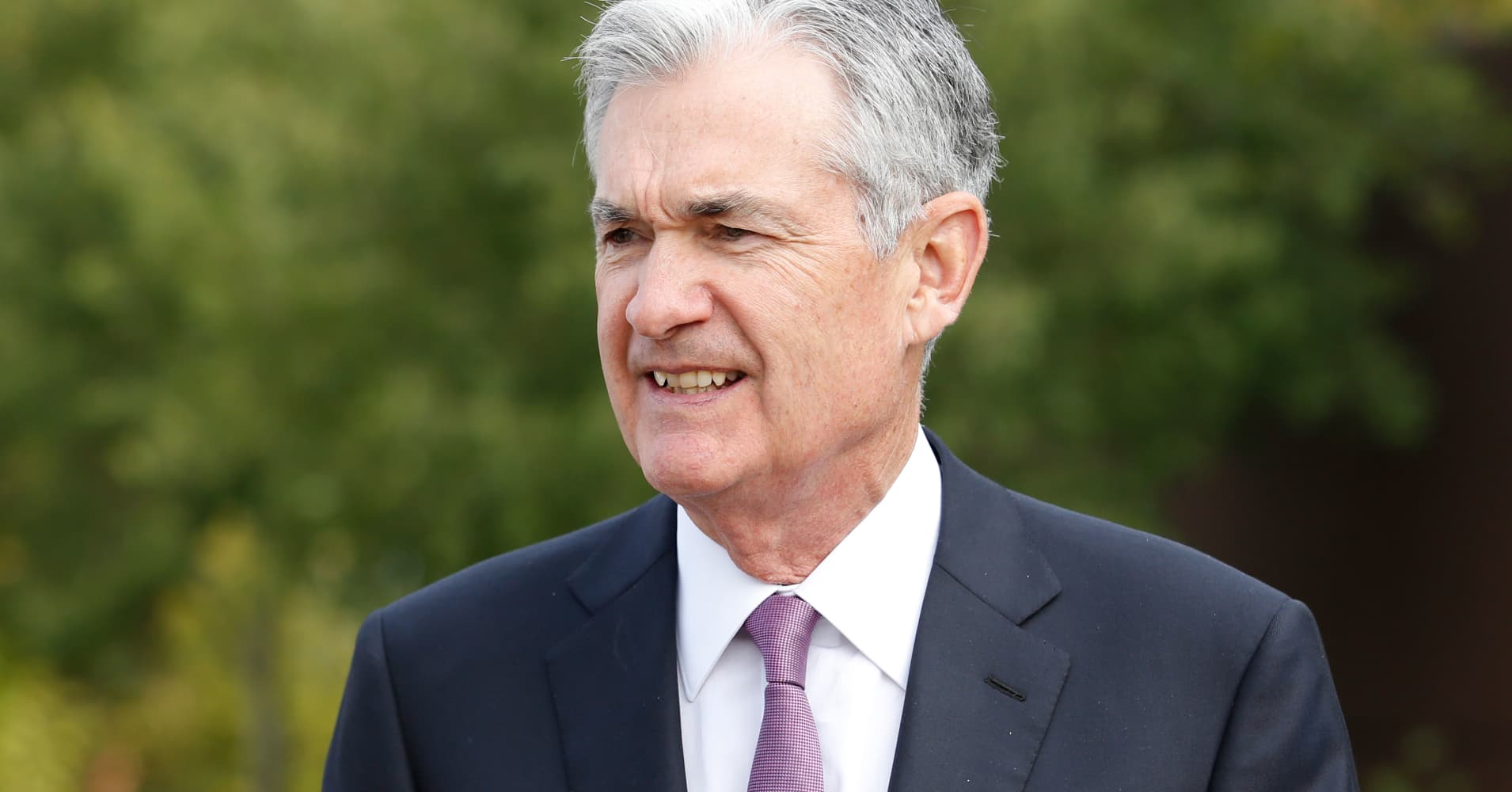
Though “none of this is too troubling for the Fed” so long as it is again able to manage the funds rate back down to the middle of the range, continued pressure could result in a policy change.
Fed officials did not immediately respond to a request for comment.
“With reserves abundant, it is unlikely that the effective funds rate will rise much above the IOER,” Pearce said in a note. “If it did, however, the Fed would presumably conclude that there was less excess liquidity than previously believed and, as a result, bring its quantitative tightening to a premature end.”
Importantly, Fed officials noted in minutes from the last FOMC meeting that the rise in the funds rate did not seem to emanate from a lack of reserves, which would be more troubling. The Fed is allowing up to $50 billion worth of Treasurys and mortgage-backed securities run off its balance sheet each month in an effort to reduce the bond portfolio from its $4.5 trillion peak, with the current level at $4.2 trillion. Indications that reserves are tightening and pressuring rates higher might push the central bank to ease off the balance sheet reduction.
The issue arises at a time, however, when the Fed is facing increasing scrutiny over whether it should continue hiking rates and drawing down the balance sheet, a process the market has come to call “QT” for quantitative tightening. President Donald Trump has sharply criticized the Fed for raising rates, and bank analyst Dick Bove said in an essay for CNBC.com that the central bank is “imposing a new rigid financial system on the economy.”
However, the September FOMC meeting summary noted that the balance sheet program has produced a “muted” market reaction so far.
Whether that continues, though, could depend on the relationship between the IOER and the funds rate.
Citigroup economist Andrew Hollenhorst said he even has fielded questions about whether the Fed might cut the IOER rate to 2.15 percent at the Nov. 6-7 FOMC meeting to further put the clamps on the funds rate.
“Communicating a 5bp cut in a key policy rate in the midst of policy normalization presents obvious drawbacks,” Hollenhorst said in a note. “Consequently we think a 5bp cut in November is unlikely unless [the Fed funds rate] is printing above 2.25% (unlikely, in our view).”
In the wake of significant market volatility in October, traders have reduced their probability of a December funds rate hike to 74 percent, from 87 percent a week ago, according to CME data. The probability of a March 2019 increase is down to 48 percent from about 62 percent a week ago.
Be the first to comment